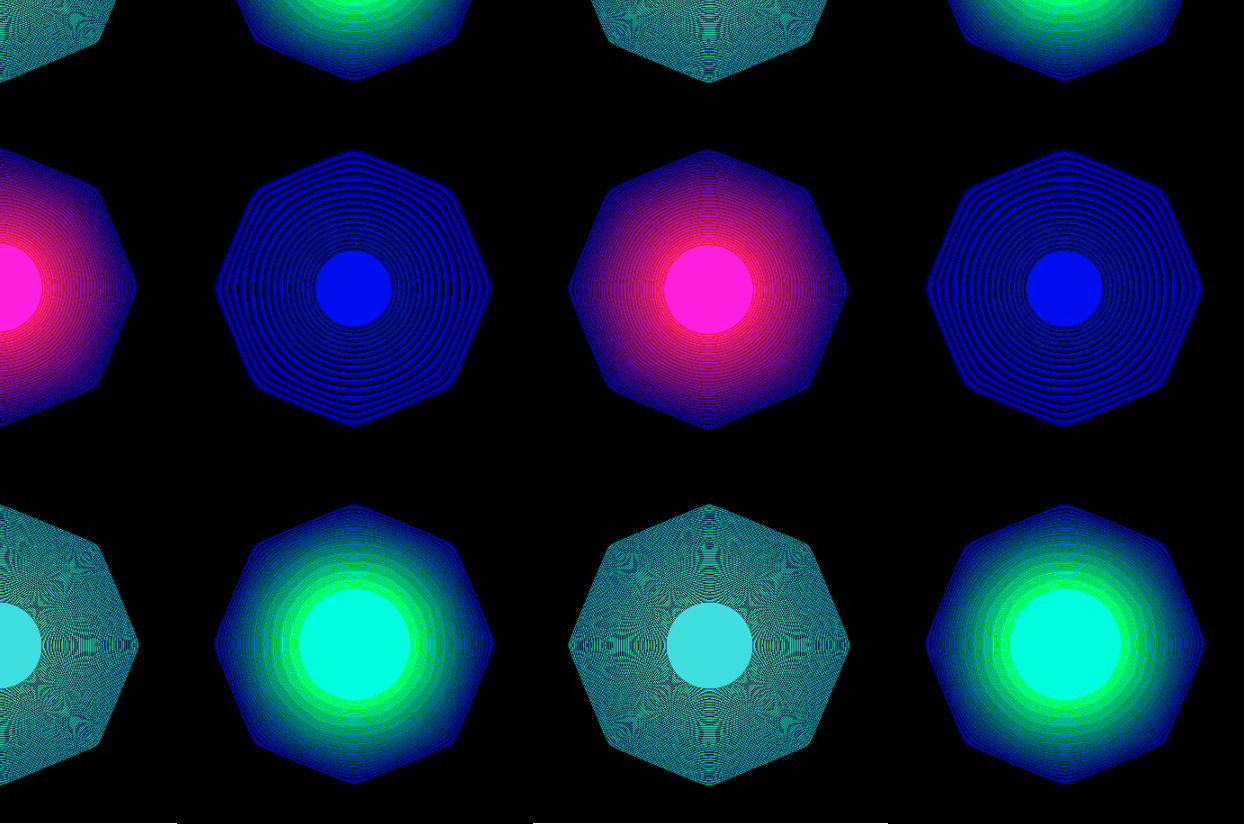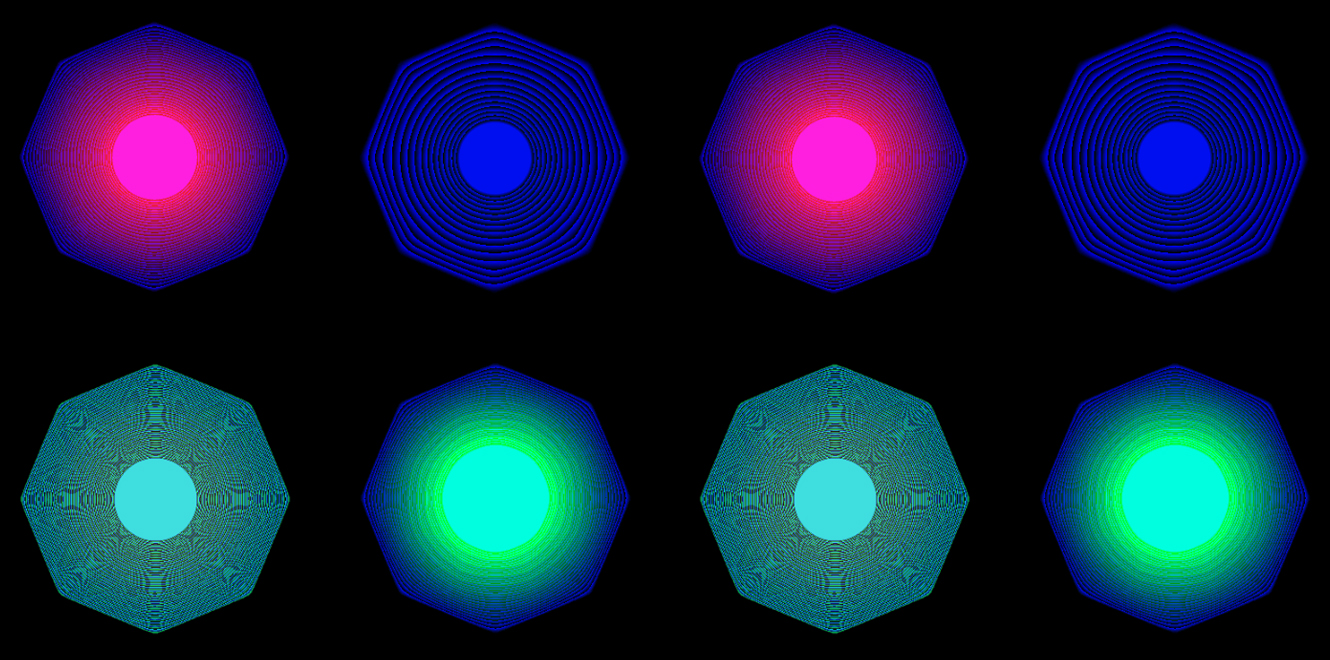


If you have delved in the social media world in the past couple of years, you have surely noticed or glimpsed over the word NFT when it came in with a bang. For those interested in the topic, there is a lot more in it for them than just a picture, video or a song. That is because the NFT market has become so wide, that people have started to invest their cryptocurrencies into NFT art but also NFT real estate, which can be only accessed in a metaverse platform. It’s a marketplace where people can trade and/or re-sell NFTs whilst others use it to gain different perks that come along their purchases. Kevin McCoy along with Anil Dash are the people behind this system. But as Dash says in an article from 2021, “the blockchain has become a refuge for people who need another place to rest their assets.”
What they wanted to create was purely a platform where artists could have control over their work, i.e., to claim ownership and earn money. This has evolved to the point where even music is being turned into NFTs, but that’s a topic for another day. For now, let’s concentrate on Quantum, the first NFT ever.
Quantum was created in 2014 by New York-based artist Jennifer McCoy in a video format. The video represents a combination of 179 different frames. The main object represented in the video is an octagon filled with various coloured objects like circles and arcs, amongst others. Some shapes are larger than others and surround smaller ones and pulsate hypnotically in a luminous manner.
The most astonishing aspect of the first NFT is probably the colour palettes used. At first glance, one can see different shades of blue, green, red, orange and purple, all contrasting a black background. But when closely analysed and extracted, the colours begin with oxford, duke and midnight blue moving onto blue sapphire and midnight green. Other colours include liberty purple, indigo dye, cyber grape, Russian violet and lime green.
Another thing, that is generally less discussed, is the meaning of the name behind what was the first NFT, namely Quantum. One can only assume it’s origin as there is no record of the McCoys confirming it. But as per official meaning, a quantum is the smallest unit of something. In physics, it is therefore phenomenon’s smallest unit, and a phenomenon is an observable event, like life itself. As Kevin McCoy said in 2021, “This code driven work presents an ongoing, abstract, cycle of birth, death, and rebirth.” So maybe it is correct to assume that the McCoys decided to define the representation of life that their NFT is with its unique name, Quantum.
This code driven work presents an ongoing, abstract, cycle of birth, death, and rebirth. It tells this story through color, line and movement. In 2014, I had an idea to use blockchain technology to create indelible provenance and ownership of digital images of this kind. Quantum was the first ever to be recorded in this way.
Kevin McCoy, 2021

An image of “Quantum,” the first ever NFT. McCoy prefers to call them “monetized graphics,” or “monegraphs.”
Source: McCoySpace.com
Answering the question of what was the first NFT leads us to when it was first introduced. The live presentation for the Seven on Seven conference in New York represents an important event in the history of NFTs. This is a project that pairs seven artists with seven visionary technologists, challenging them to create something new, be it an artwork, prototype or something completely different. At this event Kevin McCoy and Anil Dash, who is an American technology executive and writer, came up with the idea of monetised graphics, what is now known as a Non-Fungible Token (NFT). The way it would work is by linking a non-fungible/replaceable blockchain marker to a specific work of art through an on-chain metadata by the blockchain Namecoin. At this event, Dash bought Quantum for only $4.
“How to picture the moment of creation. A spark, a seed, a particle. We have narratives that describe it as an interval of days or as a cryptic alphabet that divides the earth from the firmament. [Kevin McCoy’s]Quantum takes its place alongside other original icons replacing their aura and gilding with a pulsating luminous heartbeat. To call this a mandala would not be an understatement, since what is a mandala if not an allegory for a universe, its revolutions, breath and winking into being out of nothingness?”
Kevin McCoy, 2021

The first NFT creator, Kevin McCoy, grew up in Seattle, USA. Jennifer McCoy was born in Sacramento, USA. He studied Philosophy at university, whilst she did Theatre Arts and Film Studies. Both met and started dating in Paris in 1990 where they went to relearn French theories on film and popular culture. Afterwards, they both pursued a master’s degree in Electronic Arts at the Rensselaer Polytechnic Institute in Upstate New York. In 1996, the couple moved to New York together. As of 2022, Kevin McCoy is an Associate Professor in the Department of Art and Art Professions at NYU. Jennifer is a Professor in the Art Department at Brooklyn College.
Their website includes over 150 exhibitions that the artists, who made the first NFT, have collaborated on. Over 50 press features are listed there as well which, like the exhibitions, date from as far back as 2000. Included here are 13 awards that they have received, such as the 2005 Visual Artist of the Year from Wired Magazine in San Francisco. Most recently, Kevin McCoy received the 2022 Webby Lifetime Achievement Award alongside Anil Dash, the first buyer of the first NFT ever, for developing what we now know as NFTs.
Since Kevin McCoy’s Quantum, the first NFT ever made, a wide platform for different NFT projects has been established. The artists who made the first NFT are both still meticulously artistic with The Inside World being their latest project. It is a sci-fi mystery-thriller game set in the networks and streets of 2032 Las Vegas, which is controlled by 14 Artificial Intelligence (AI) Managers. The project involves 8000 NFTs, a combination of 14 characters, 52 locations and 52 props. Although sounding promising, the project is on pause while they explore new development opportunities.
Other projects include The Workstations Trilogy, three experimental art films about contemporary architecture, class, and economic precarity. The first one is called BROKER and follows a singing real estate agent overwhelmed by a marketing pitch about her Trump Tower apartment. The second one is called CLEANER which investigates the strategies artists find to work and make work. Their final film is called Quitter and is set to release in 2023 and will examine the encroachment of spiritual desire. Other projects from the McCoy duo offer photography, experimental exhibitions, NFT along their video projects.
From buying the first NFT art to pioneering non-profits like the Electronic Frontier Foundation, which defends digital privacy and expression, Dash has been involved in numerous organizations which aim to support the tech community. One of his most recent professional involvements is with the company Glitch where he leads the continuous support of a wide community of coders who can use the platform to share millions of web apps. He took over this position after stepping down as CEO because of the company’s acquisition by Fastly. Anil Dash has also had his works exhibited in the New Museum of Contemporary Art in New York and has collaborated with Hamilton creator Lin-Manuel Miranda on one of the most popular Spotify playlists of 2018, New Jack Swing 101, among other projects.
“The idea behind NFTs was, and is, profound. Technology should be enabling artists to exercise control over their work, to more easily sell it, to more strongly protect against others appropriating it without permission. By devising the technology specifically for artistic use, McCoy and I hoped we might prevent it from becoming yet another method of exploiting creative professionals. But nothing went the way it was supposed to. Our dream of empowering artists hasn’t yet come true, but it has yielded a lot of commercially exploitable hype.”
– Anil Dash, 2021, Source: TheAtlantic.com

Jennifer and Kevin McCoy, film/video/installation and generative software artists from New York, USA. Photo by Lee O’Connor.
Source: UnfoldBrics.art
Through Dash’s and McCoy’s involvement in the Seven on Seven conference, many revolutionary creations such as the technology we now know as NFT and the first Quantum NFT have been created. These have undoubtfully paved the way for many future artists and investors within the platform. People who would take on the NFT world to create projects and clubs for others, some for their own benefit, others for the benefit of everyone. But whilst the two entrepreneurs/artists left Quantum behind and continued with their own projects and success, what happened with it?
In 2021, Sotheby’s, one of the world’s largest brokers of fine and decorative art, jewelry, and collectibles, was the seller of Kevin McCoy’s oldest NFT, Quantum. The auction Natively Digital only lasted for a week. There was no pre-sale value of the piece, but the first NFT ever reached a bid of $140,000 just a day after being on the market. The final bid that won the auction however was placed by Alex Amsel for $1.47m.
“In 10 years looking back, if in fact these are to grow, this piece can represent and symbolize the start of something that is quite revolutionary and very impactful,” said Max Moore, vice president of contemporary art at Sotheby’s in New York.
The most recent sale of Quantum has sparked a huge conflict. A Canadian holdings company called Free Holdings filed a lawsuit in the New York’s Southern District Court in February of 2022 against McCoy. Quantum was created through the Namecoin platform where minted, meaning registered, pieces need to be reclaimed by their owners every 250 days. Free Holdings claim that McCoy failed to do so for several years and that they had taken on the ownership of the NFT Quantum. The new owner of the rights of Quantum, going by @EarlyNFT on Twitter, tweeted McCoy to let him know that he is now in possession of it.
Sotheby’s, McCoy and Nameless, the corporation behind Namecoin, are being sued against Title Slander, Deceptive and Unlawful Trade Practices and Commercial Disparagement. Some of those were also used to sue Alex Amsel, the person who bought and posted Quantum on Twitter. “The allegations in this suit are baseless, and Sotheby’s is prepared to vigorously defend itself,” said a Sotheby’s spokesperson. The lawful ownership over the first ever NFT, Quantum, will be established once this ongoing lawsuit is settled.
Some people have very inquisitive personalities and they want to learn that new information as quickly as possible, like what was the first NFT? Therefore, to offer a quick read over the most important information from this blog on the first NFT ever, here are the questions most people have:
The oldest NFT is called Quantum, a video combination of 179 different frames. The main object represented in the video is an octagon filled with various coloured objects like circles and arcs amongst others. Some shapes are larger than others and surround smaller ones and pulsate hypnotically in luminously manners.
As of 2022, the owner of Quantum is Alex Amsel, who purchased the NFT for $1.47m and uploaded the NFT on his twitter account @sillytuna. He purchased the NFT at a one-week-long sale in 2021 called Natively Digital held by the company Sotheby’s.
Quantum was created by the couple Kevin and Jennifer McCoy, two active artists from New York. They met in 1990 in Paris and majored Electronic Arts after. Currently, Kevin is an Associate Professor in the Department of Art and Art Professions at NYU. Jennifer is a Professor in the Art Department at Brooklyn College.
At a conference called Seven on Seven, Kevin McCoy and Anil Dash were challenged to create a new technology. They came up with a project called “monetized graphics”. They presented it by using the first NFT, Quantum, which Jennifer McCoy had created by creating a video combining 179 frames.
At the Seven on Seven conference, during their presentation of the “monetized graphics” project, what we now know as NFT, Kevin McCoy sold the first ever NFT, Quantum, to Anil Dash for only $4. Dash claims that this is the only amount of money he had in his wallet.
Quantum represents a short video combining 179 frames in total of an octagon filled with a variety of colorful shapes. Some are larger surrounding smaller ones like circles, with the whole object hypnotically pulsing against a black background.
The blockchain currently securing Quantum is Namecoin. The software used is branched from the Bitcoin software. It uses Proof-of-Work (PoW) algorithm, which is a form of cryptographic proof involving two parties, the prover and the verifier. It was created in 2011 by Vincent Durham, with the main purpose to decentralize the internet infrastructure, reduce censorship and increase privacy and security.
Be it because of its worth or because Anil Dash had only so much in his wallet, Quantum was firstly valued at $4 during its first sell in 2014. In an auction in 2021, Quantum received bids in the amount of $140,000 just a day after being released on the market. Quantum was most recently sold for $1.47m in 2021.